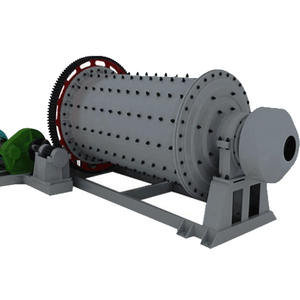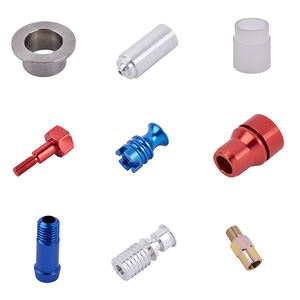Choosing the Right Size Excavator for Your Project: A Guide to Decision-Making Based on Project Requirements
(Choosing the Right Size Excavator: A Guide to Decision-Making Based on Project Requirements)
As a mechanical engineer, you are responsible for designing and overseeing the construction of heavy equipment such as excavators. One of the most critical aspects of this process is determining the right size excavator for your project based on its requirements. This guide will provide a step-by-step approach to help you make informed decisions when selecting an excavator.
The first step in choosing the right size excavator is to understand the scope of the project. You need to determine the type of work that will be performed, the size of the excavation site, the length and width of the area, and the types of materials that will be encountered during the project. Once you have a clear understanding of these factors, you can begin to explore different excavator models that meet your specific needs.
One of the most important considerations when choosing the right size excavator is the workload. The amount of material that will be removed from the ground will directly impact the power and capacity of the excavator. It’s essential to choose an excavator with the appropriate load rating to ensure that it can handle the demands of your project without causing damage to surrounding structures or equipment.
Another factor to consider is the terrain of the excavation site. Different types of excavators may require specialized equipment or features to operate effectively on uneven surfaces or rocky terrain. For example, compact excavators may not be able to perform as well on loose or uneven ground, while medium-duty excavators may be more suitable for concrete foundations or other stable surfaces.
When considering the cost of the excavator, it’s also important to weigh the benefits against the potential risks and expenses associated with ownership. Some excavators are relatively expensive upfront, but they offer long-term durability and value over time. On the other hand, less expensive options may come with lower performance standards or longer service intervals, which could result in higher maintenance costs down the line.
Ultimately, choosing the right size excavator requires careful consideration of a range of factors, including project requirements, workload, terrain, and cost. By following these steps and conducting thorough research, you can make an informed decision that maximizes the efficiency and productivity of your excavator installation.
(Choosing the Right Size Excavator: A Guide to Decision-Making Based on Project Requirements)
In conclusion, selecting the right size excavator for your project requires careful planning and attention to detail. By understanding the scope of your project, evaluating the workload and terrain, and weighing the pros and cons of various excavator models, you can make an informed decision that ensures the success of your construction project. As a mechanical engineer, your role is crucial in ensuring the safe and efficient operation of heavy equipment such as excavators, so take the time to carefully select the right model for your needs.


